I am developing a web API using ASP.Net core. I am doing integrated testing to my project. I am following this link, https://koukia.ca/integration-testing-in-asp-net-core-2-0-51d14ede3968. This is my code.
I have the controller to be tested in the thegoodyard.api project.
namespace thegoodyard.api.Controllers
{
[Produces("application/json")]
[Route("api/category")]
public class CategoryController: Controller
{
[HttpGet("details/{id}")]
public string GetCategory(int id = 0)
{
return "This is the message: " + id.ToString();
}
}
}
I added a new unit test project called thegoodyard.tests to the solution. I added a TestServerFixture class with the following definition
namespace thegoodyard.tests
{
public class TestServerFixture : IDisposable
{
private readonly TestServer _testServer;
public HttpClient Client { get; }
public TestServerFixture()
{
var builder = new WebHostBuilder()
.UseContentRoot(GetContentRootPath())
.UseEnvironment("Development")
.UseStartup<Startup>(); // Uses Start up class from your API Host project to configure the test server
_testServer = new TestServer(builder);
Client = _testServer.CreateClient();
}
private string GetContentRootPath()
{
var testProjectPath = PlatformServices.Default.Application.ApplicationBasePath;
var relativePathToHostProject = @"..\..\..\..\..\..\thegoodyard.api";
return Path.Combine(testProjectPath, relativePathToHostProject);
}
public void Dispose()
{
Client.Dispose();
_testServer.Dispose();
}
}
}
Then again in the test project, I created a new class called, CategoryControllerTests with the following definition.
namespace thegoodyard.tests
{
public class CategoryControllerTests: IClassFixture<TestServerFixture>
{
private readonly TestServerFixture _fixture;
public CategoryControllerTests(TestServerFixture fixture)
{
_fixture = fixture;
}
[Fact]
public async Task GetCategoryDetai()
{
var response = await _fixture.Client.GetAsync("api/category/details/3");
response.EnsureSuccessStatusCode();
var responseString = await response.Content.ReadAsStringAsync();
bool containMessage = false; //responseString.Contains("This is the message: 3"); - I commented on purpose to make the test fails.
Assert.True(containMessage);
}
}
}
Then I right on the test method and clicked run tests in the option to run the test. But none of the tests was run. This is the output.

What is missing in my code? How can I get my integrated test running?